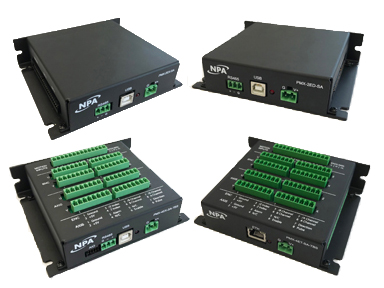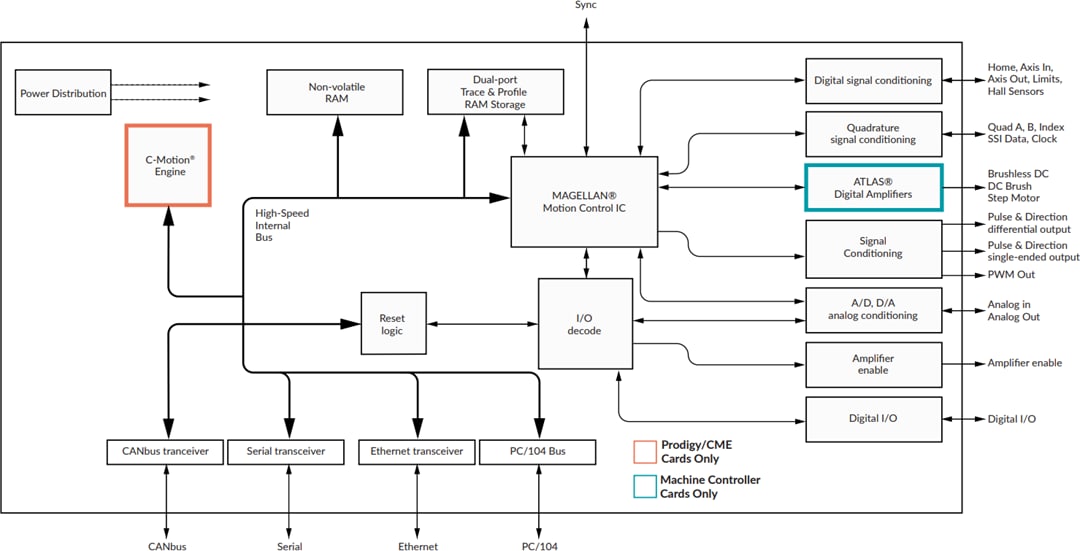

To further improve the effect, we will add some movement to the arms and head. You should have a smooth breath animation on the chest after this step.

You can undo paint strokes with CTRL+Z or the left arrow in the paint menu. Start painting the effect on the chest and near the shoulders by clicking and holding the left mouse button. Reduce the opacity to achieve a smoother result too. Choose the spread mode on the left and increase the size of the brush. Select the image on the left and then click Add in the effects menu to add a new effect.Ĭlick on paint near the flow map at the top right. Press OK to import the image and create the wallpaper.Ī new wallpaper will be created and the image should become visible. The project name and scheme color will be automatically set, you can change them if you like. Get an image you want to animate, for example this:.Production help thanks to Brad Tennant, Ph.D., Professor of History at Presentation College. The Sioux Falls National Weather services commissioned a new Radar system on this day in 1995. The radar's computers measure the phase change of the reflected pulse of energy which then converts that change to a velocity and direction of the object. The same effect takes place in the atmosphere as a pulse of energy from NEX-RAD strikes an object and is reflected back toward the radar. As the object moves away from you, the sound waves are stretched, lowering the pitch of the sound.

On the approach, the sound waves are compressed making the pitch higher. As a train or car passes your location, you may have noticed the pitch of the train whistle or car engine noise changing from high to a lower pitch. You have most likely experienced the "Doppler effect" from passing trains or cars. The phase of the returning signal typically changes based upon the motion of the raindrops. This Doppler effect was named after the Austrian physicist, Christian Doppler, who discovered it. The ability to detect what's called the "shift in the phase" of the pulse of energy makes NEX-RAD a Doppler radar. And this process happens up to 1,300 times each second. If the energy strikes an object like a raindrop, snowflake, or hail, energy is scattered but a small fraction of the emitted energy is directed back toward the radar.Ĭomputers analyze the strength of the returned pulse, the time it took to travel to the object and back, and phase, or doppler shift of the pulse. The current version of the National Weather Service Doppler Radar is called NEX-RAD or Next-Generation-Radar. Doppler Radar data can be used to determine the structure of storms and help predict the severity of storms. In addition, they can detect intensity and motion. Doppler weather radars are remote sensing instruments capable of detecting particle types. Radars are critical and allow observers to "see" inside clouds and help understand what's unfolding. It was hailed as a milestone for the National weather service.
#Motion pulse engine upgrade
This story is from SDPB's daily public-affairs show, In the Moment, hosted by Lori Walsh.Īn upgrade in weather detection and prediction was set in motion on this day in 1995 when The National Weather Service in Sioux Falls commissioned a new Doppler Radar.


 0 kommentar(er)
0 kommentar(er)
